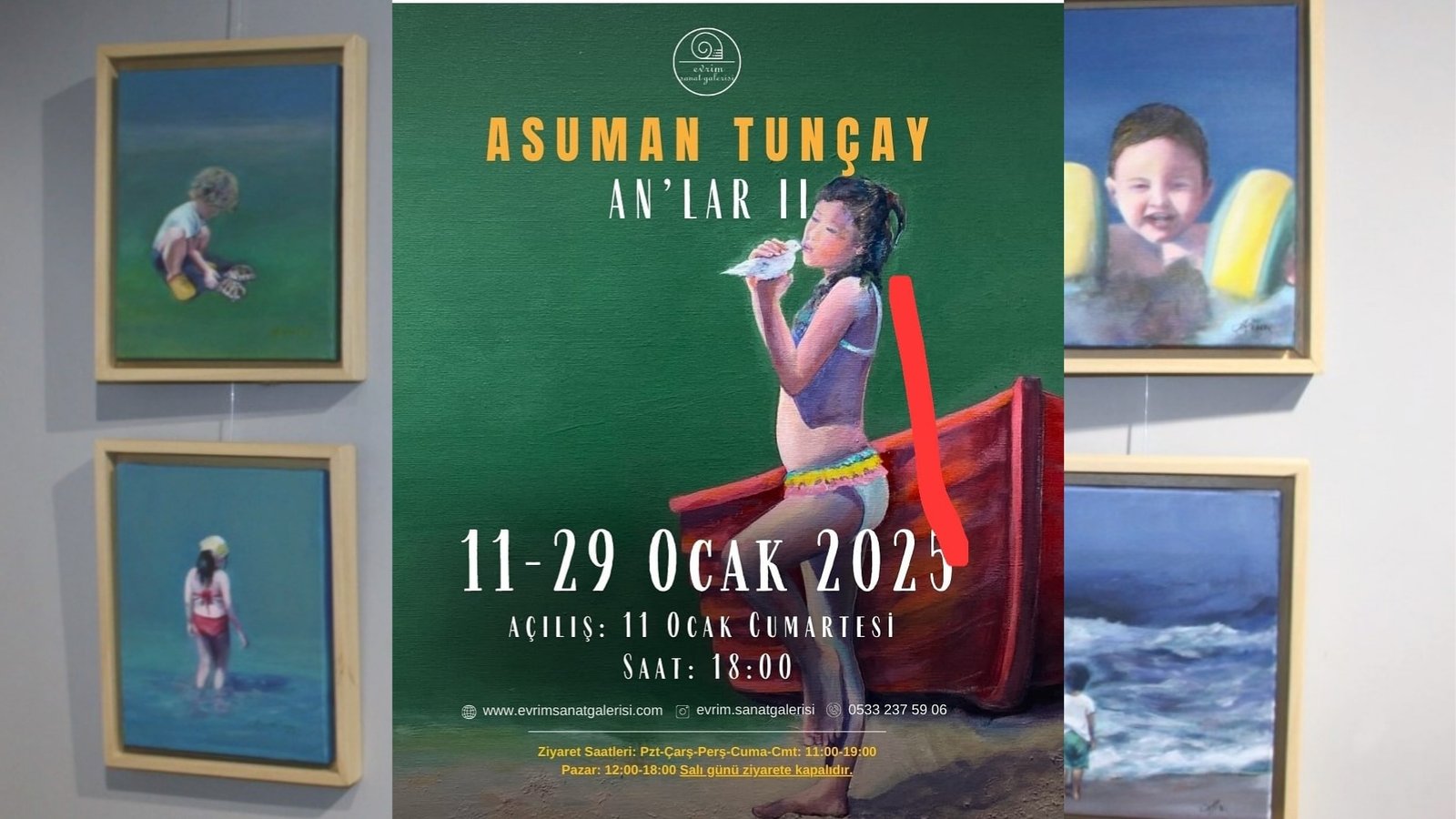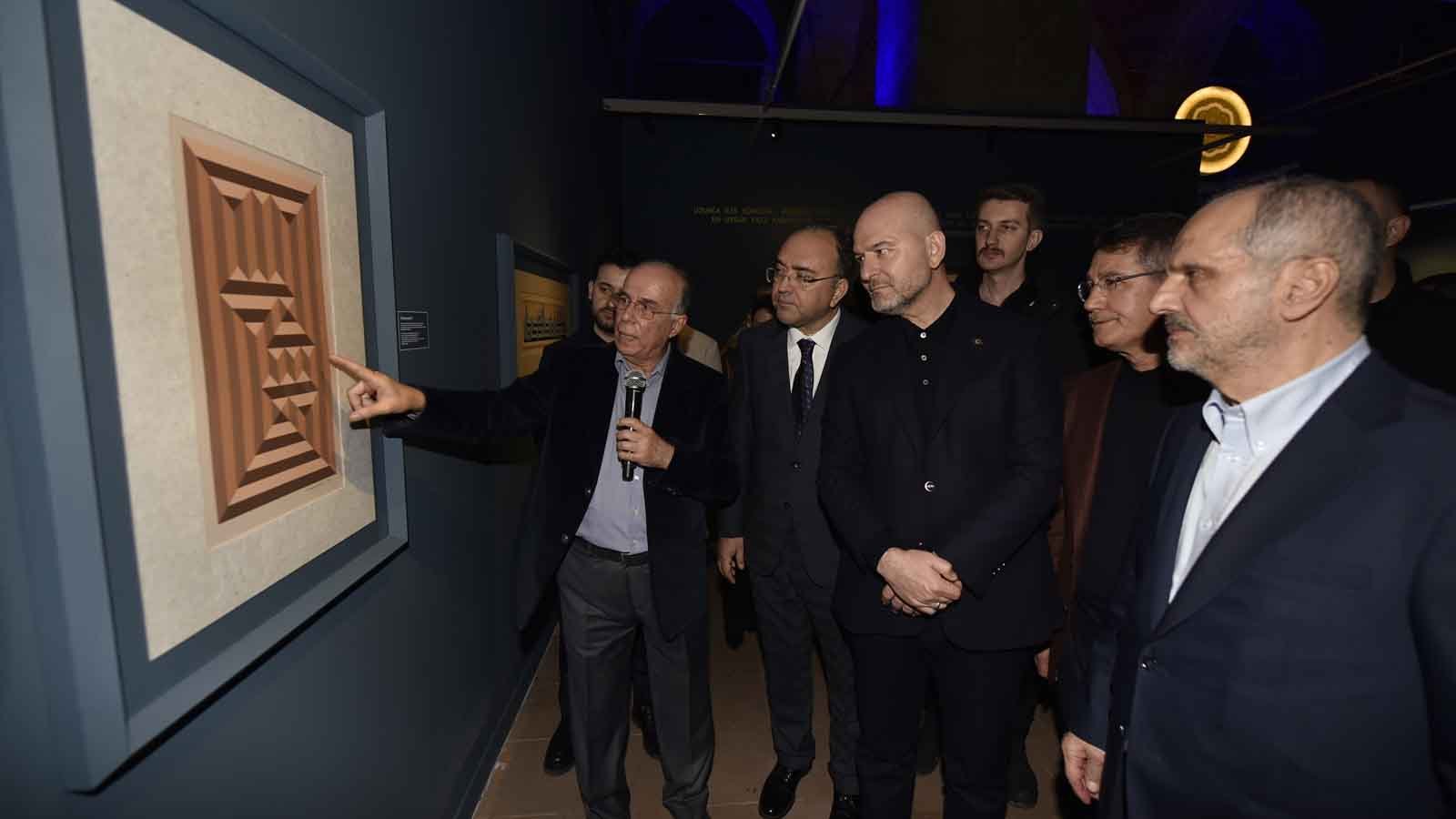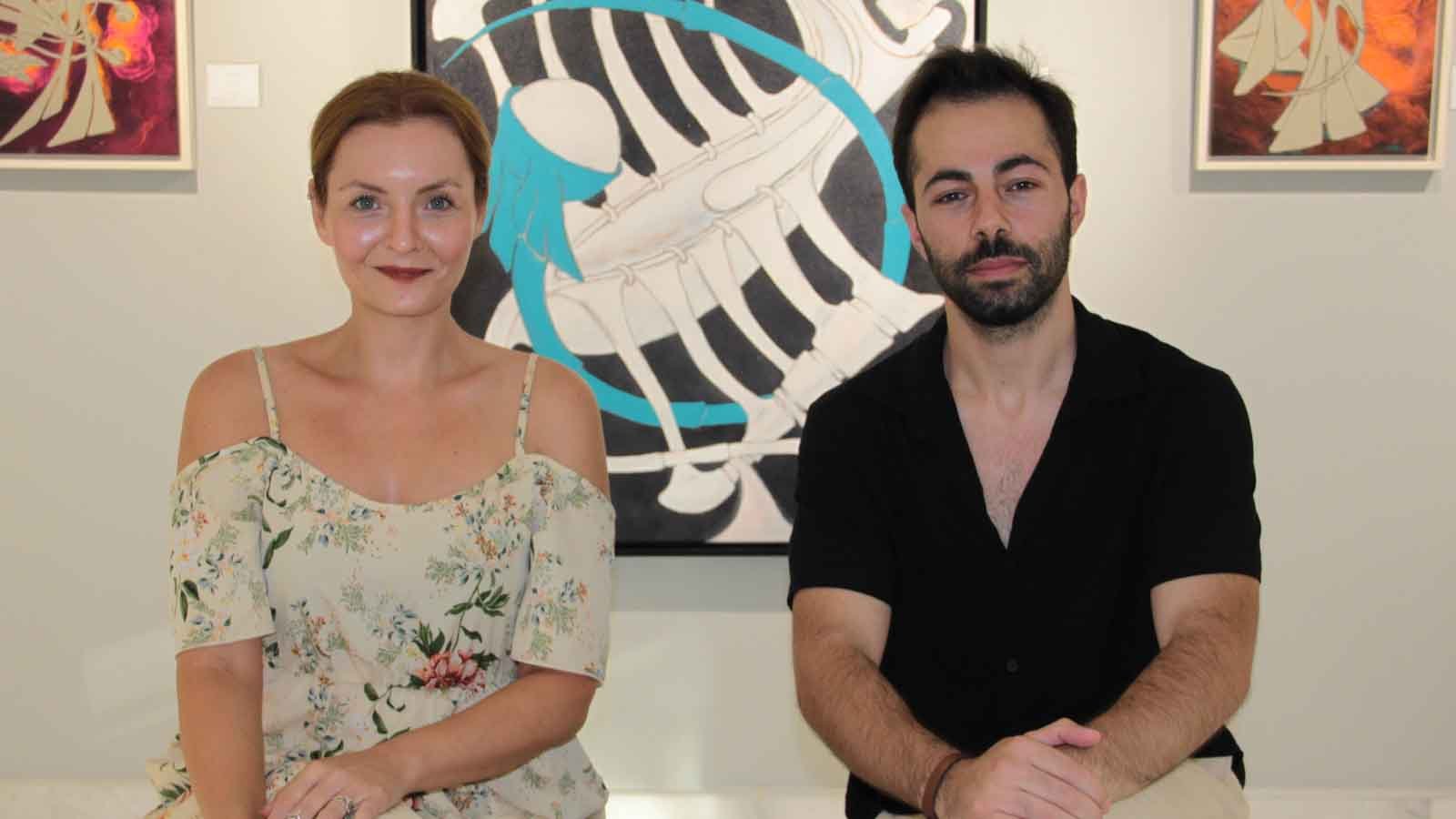Severe Combined Immunodeficiency, popularly known as Balloon Childhood Disease, which came to the fore with the TV series “My Name Is Farah”, is in the Primary Immunodeficiency (PID) group, which includes nearly 500 diseases.
Saying that the main feature of the disease is recurrent, resistant and severe infections that often require hospitalization, Turkey National Allergy and Clinical Immunology Association Member Assoc. Dr. Günseli Bozdoğan stated that the only effective method in the definitive treatment of the disease is bone marrow transplantation and said, “Unfortunately, there is no screening program for this disease in our country. In case of early diagnosis with screening tests, the success of stem cell transplantation rises to 95%.
After the patient encounters the microbe and organ damage develops, the chance of success of the treatment decreases. In other words, as in many diseases, early diagnosis saves lives!” said.
The immune system (immune system) consists of various cells such as T cells, B cells, NK cells, neutrophils, and macrophages. These cells have different functions and each fight different microbes. These cells communicate in order to protect our body from microbes and act in a perfect organization. Like every cell in the human body, immune system cells contain genetic material that determines their functions, and they work by following instructions controlled by a group of genes. As a result of the disorder of the genes that govern the immune system cells, the immune system cannot perform its normal functions, our body becomes vulnerable to microbes and recurrent severe infections occur. Severe combined immunodeficiency, known as balloon child disease, is defined as a genetic disorder that prevents the development of T cells. Even the transmission of very weak microbes in these patients can result in death.
In cases where emergency diagnosis and treatment cannot be provided, patients may die before the age of 1 due to severe infections. While once the only way to keep the patient alive was to ensure that the patient lives in an isolated sterile environment, nowadays, bone marrow transplantation (stem cell transplantation) is successfully applied and patients can lead a healthy and normal life.
IT CONTAINS NEARLY FIVE HUNDREDS OF DISEASES, CAN BE SEEN IN ANY AGE AND GENDER
Member of the Turkish National Society of Allergy and Clinical Immunology Assoc. Dr. Günseli Bozdoğan said that the congenital deficiency or insufficiency of the immune system reveals rare diseases known as “Primary immunodeficiencies or congenital defects of the immune system with the new definition”. Günseli Bozdoğan, who said that the majority of primary immunodeficiencies, which cover nearly 500 diseases, occur as a result of congenital genetic disorders and can be seen in all ages and genders, explained that the common features of the patients are deficiency or inadequate functioning of the immune system, with different clinical findings. Stating that the main task of the immune system is to protect the body against microbes, Bozdoğan underlined that the main feature of immune deficiencies are recurrent, resistant and severe infections that are often treated by hospitalization. Pointing out that there may be similar findings in family members, Bozdoğan said, “One of the most severe forms of primary immunodeficiency is severe combined immunodeficiency. Severe combined immunodeficiency, also known as bubble boy disease, is a rare, very serious disease in which the ability to fight microbes is innately deficient.
IS THERE A DEFINITE TREATMENT?
Explaining the definitive treatment method of the disease, Assoc. Dr. Günseli Bozdoğan said: “The definitive treatment is stem cell transplantation, in other words bone marrow transplantation. Bone marrow transplantation is successfully applied in many centers in our country. A fully suitable donor within the family is the first choice. In the absence of a fully suitable donor, it is also possible to transplant from a semi-suitable donor within the family or from a non-relative fully-suited donor. In our country, the state pays for stem cell transplantation. Although the number of centers performing stem cell transplantation is limited, it is an accessible treatment. Gene therapy is also possible in some subtypes of the disease. Gene therapy is in the form of correcting the defective gene causing the disease and transferring it back to the patient. Lentivviruses or retroviruses are used as vectors for the transfer process. However, this treatment is not a treatment method applied in our country. Another treatment method is immunoglobulin (IG) replacement therapy and is repeated every 3-4 weeks. As soon as the diagnosis is made, antibiotics are administered in a protective dose together with IG therapy to treat the infection, when necessary, so that it is possible to protect the patient. This treatment continues until the stem cell transplant is performed and even until the transplant is successful.”
THE RISK OF PIY INCREASE AS FAMILY MARRIAGES RISE
Stating that the incidence of PID has increased in our country, where consanguineous marriages are common, Bozdoğan said, “The risk of PID increases significantly in consanguineous marriages, since half of a pair of chromosomes that make up our genes are transferred from the mother to the children and the other half from the father to the children. So much so that while the incidence of the disease in our country is 1 in 10 thousand, this rate is 1 in 58 thousand in the USA. Compared to other countries, PID is more common in our country,” he said.
“NO SCANNING PROGRAM”
Stating that early diagnosis is of critical importance in this disease, Bozdoğan pointed out that it is a very suitable disease for newborn screening program, since the disease has an effective treatment option and the period of finding symptoms after birth is very short. Stating that the success of stem cell transplantation rises to 95% if early diagnosis is made with screening tests before the disease occurs and the patient is not infected with any microbes, Bozdoğan said, “After the patient encounters the microbe and develops organ damage, the chance of success of the treatment decreases. In this case, early diagnosis saves lives. However, it should be noted that unfortunately, there is no screening program for this disease in our country.
NAME WHY BALLOON CHILDREN’S DISEASE? HOW DID THE STORY BEGIN?
David Phillip Vetter was born in Texas, USA in 1971, when the treatment of the disease was not yet known. Everyone thought his real name was David Bubble, to keep people from excluding the Vetter family. The family had a son before in 1963, but he died 7 months later because they could not protect him from diseases. Doctors told the family that their child had severe combined immunodeficiency disease. When they had a child again, they kept the child in a balloon to keep germs free and they were able to live for 12 years. Food, drink, clothing, everything was sterilized before it got into this balloon. A television and some toys were placed in this balloon. He was even using a NASA-designed helmet. Doctors eventually decided to transplant David a bone marrow from his sister, Katherine. The operation went very well. But David, who was out of the balloon for the first time, became ill for the first time 2 days after the transplant. Diarrhea, fever, severe vomiting and intestinal bleeding began. David died on February 22, 1984, just 7 days after he was removed from the sterile room. Today, these patients can continue their normal lives at a much earlier age without suffering the difficulties of the Balloon Child with bone marrow transplantation.
Source: (BYZHA) – Beyaz News Agency




























